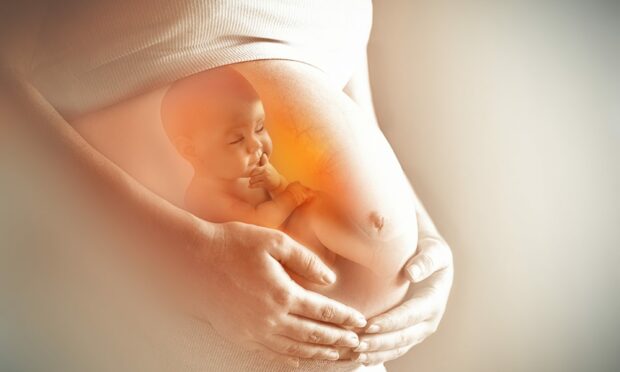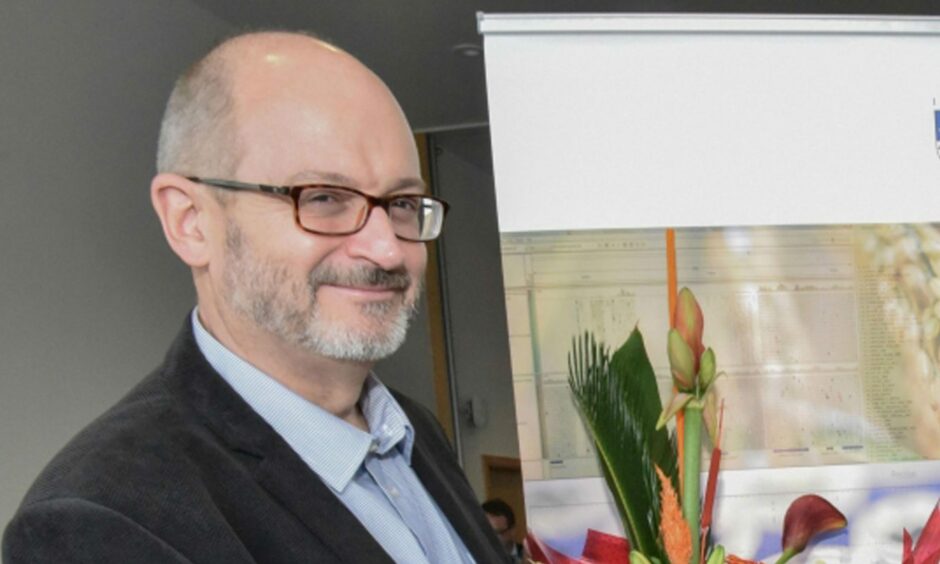Air pollution particles could be transferred to unborn babies’ developing lungs and brain as early as the first trimester, new research has revealed.
Scientists at Aberdeen University teamed up with Hasselt University to study how nanoparticles, called black carbon or soot particles, affect mothers and their babies.
Black carbon is a sooty black material released into the air from internal combustion engines, coal-fired power plants, and other sources that burn fossil fuel.
It is a major component of particulate matter (PM), which is an air pollutant.
While previous studies by the Hasselt University team found that black carbon nanoparticles get into the placenta, there was no solid evidence they enter the foetus.
‘Very worrying’ findings
The ground-breaking study, co-written by Professor Tim Nawrot and Professor Paul Fowler, is the first to prove this – with the findings said to be “very worrying”.
The research published in Lancet Planetary Health show that unborn babies are exposed to black carbon nanoparticles as much as their mothers.
These nanoparticles cross the placenta into the foetus in the womb during pregnancy and get into the baby developing organs – including its liver, lungs and brain.
According to Professor Nawrot, this has been linked to cases of still and preterm birth, and disturbed brain development, with consequences persisting throughout life.
Professor Fowler, whose team studies first and second trimester human foetuses, said: “We are all worried that if nanoparticles were getting into the foetus, then they might be directly affecting its development in the womb.
“What we have shown for the first time is that black carbon air pollution nanoparticles not only get into the first and second trimester placenta, but then also find their way into the organs of the developing foetus, including the liver and lungs.
“What is even more worrying is that these black carbon particles also get into the developing human brain. This means that it is possible for these nanoparticles to directly interact with control systems within human foetal organs and cells.”
The study authors added that uncovering the mechanisms involved in health risks has become even more urgent, now that they have confirmed developing babies are directly exposed to air pollution particles.


Conversation